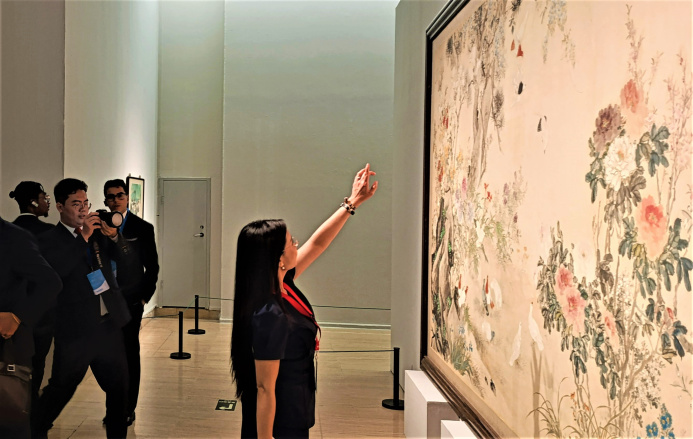A Waltz of Flowers on the Tips of a Brush: An Introduction to Chinese Art
28.07.2025 | 22:08 |Beijing, July 28 | ORIENT. The continuation of the day after the Temple of Heaven promised to be no less eventful, because our route ran to the National Museum of Art - and it turned out to be not just a building, but a whole world! Imagine: a museum that is a masterpiece in itself - its central part is made in the traditional Chinese style with these iconic yellow tiled roofs and galleries, as if inviting you to immerse yourself in history.

The park around the museum is impressive, which, as we were told, occupies three square kilometers. This green area is a huge open-air gallery, where sculptural compositions are placed everywhere. You can walk for hours, looking at them and recharging yourself with the atmosphere.
As soon as we entered the museum, it became clear: this is a real art universe. More than 18 thousand square meters of total area, 17 huge exhibition halls on five floors - this is something incredible. You just walk and walk, and it seems like this art has no end!
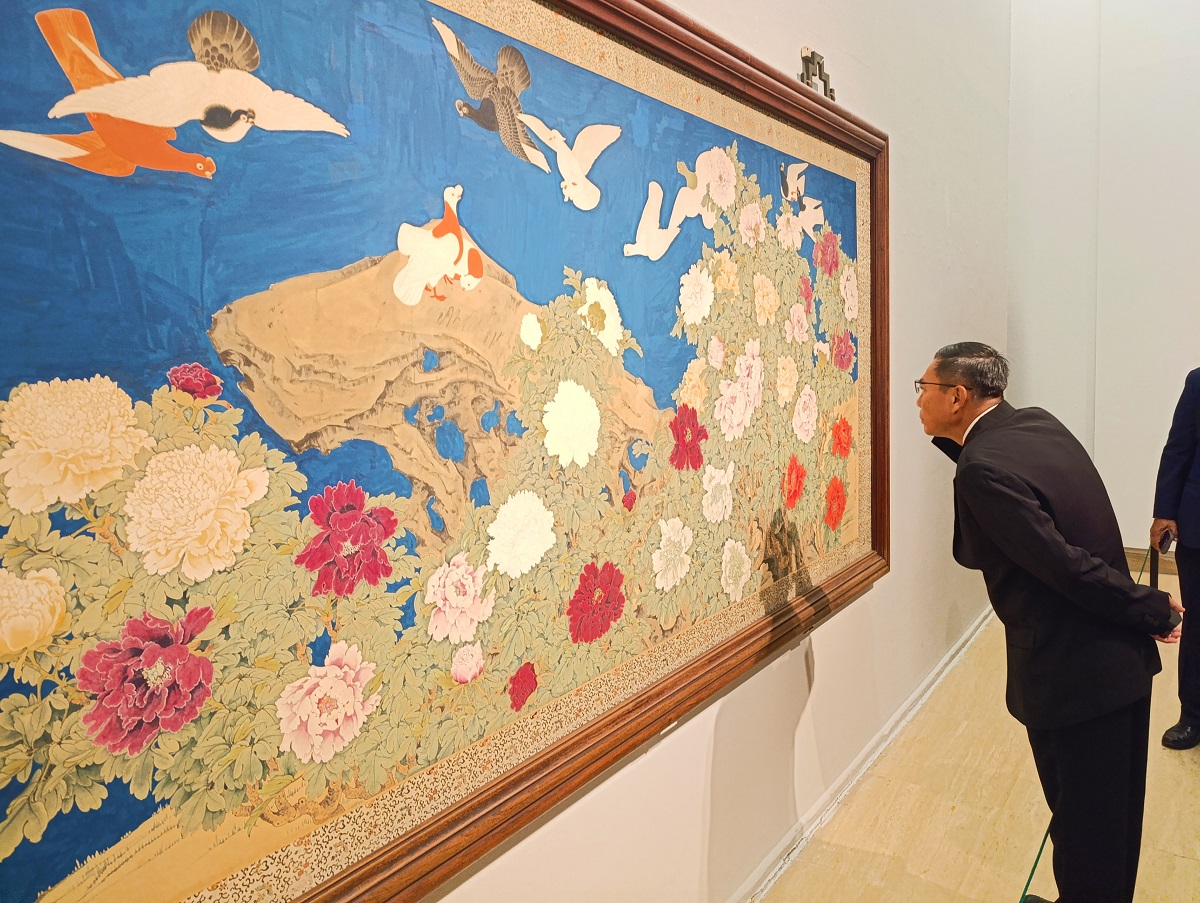
Inside, the museum is a real treasure trove. It houses over 100,000 masterpieces. The museum staff are especially proud of the collection of works by Qi Baishi, a master whose name we immediately remembered. Imagine, this man, self-taught, without any special education, received the International Peace Prize in 1956. His works are what leading museums around the world want to get their hands on, and he even has his own house-museum in Beijing.
What hooked us so much? His paintings in the genres of "flowers-birds" and "plants-insects". He didn't just draw - he observed nature, literally transferring the living breath of nature to paper. His "characters", executed with virtuoso ink lines, seem to move on the canvas, so subtly and accurately did he depict them.
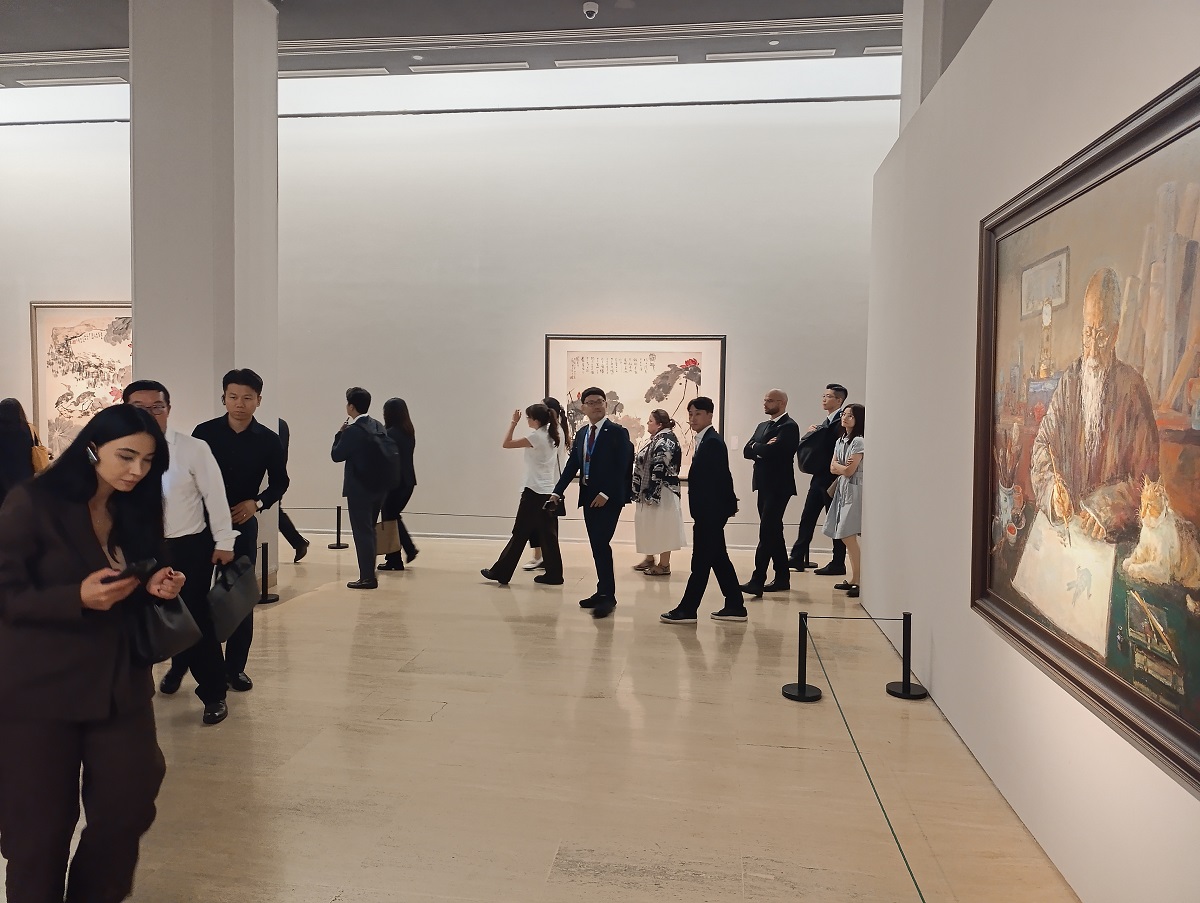
As we were told, Chinese art lovers of the first half of the twentieth century said: "In the north, Qi, in the south, Huang - two great artists in today's China."
So, another discovery of ours is Huang Binhong. This name may not be so well known, but his works are a breakthrough in Chinese painting. He is considered a great innovator who combined the two main Chinese painting systems – ink and paint. This is not just a mixture of colors, it is a whole philosophy, where every detail merges into a single whole, creating incredible depth. It is not surprising that he is also known as a calligrapher, poet and art theorist.
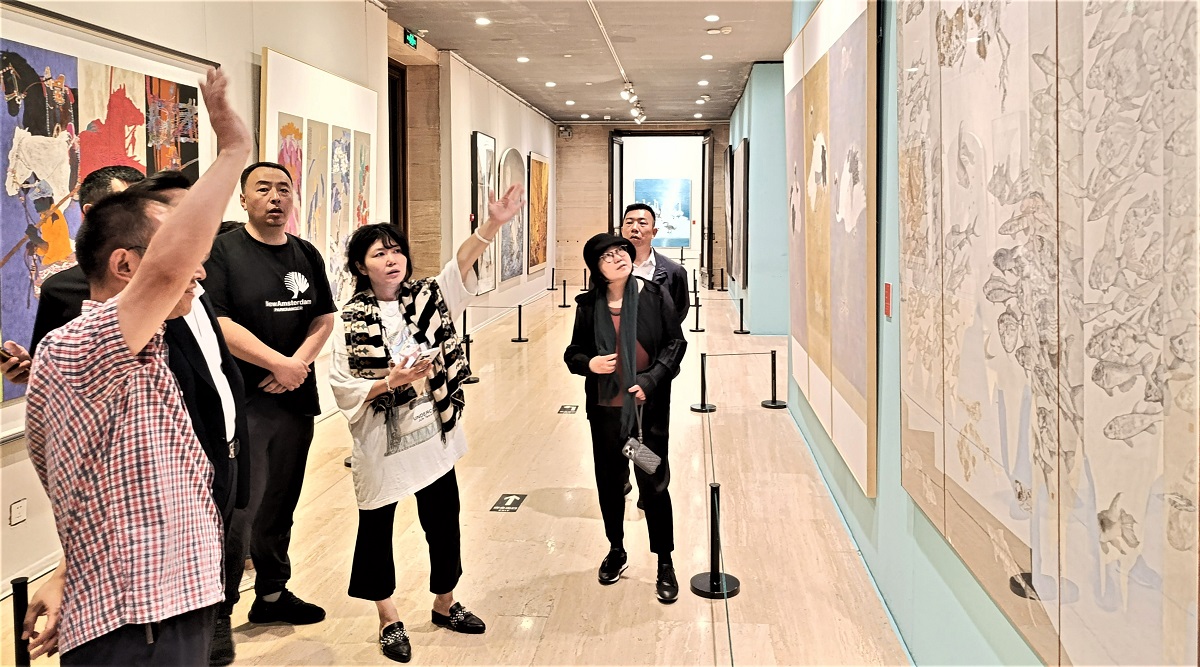
The National Museum of Art is not only Chinese masters and Chinese aesthetic ideals. It contains about 3.5 thousand works of foreign art. Among them are 117 canvases of Western post-war art, including works by such giants as Picasso, Warhol, Richter. This shows how actively China interacts with the world artistic process, demonstrating openness and aspiration for dialogue of cultures.
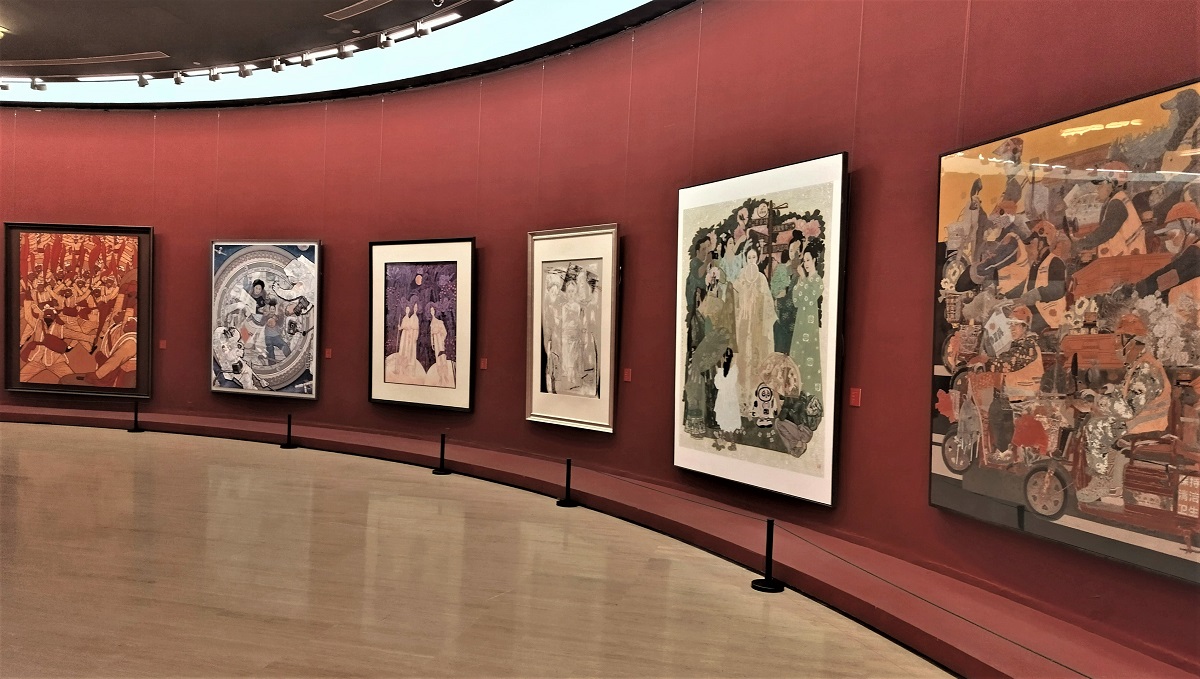
The museum is constantly evolving: more than a hundred projects a year - international exhibitions, educational programs, research. They do not just preserve art, they popularize it, make it accessible and understandable to everyone. And it is very cool to see how traditional Chinese art of guohua coexists with oil painting, sculptures and calligraphy from all over the world. The museum is not just walls, it is a living organism that is constantly learning and sharing.

This visit left a powerful mental aftertaste. We saw how deep national traditions can harmoniously combine with contemporary art and international cooperation. It was not just "walking through the halls", it was a real immersion into a world where each work is a story, and each artist is a whole philosophy. The Beijing Museum of Art is not only the past and the present, it is an ambitious look into the future, where art continues to surprise, inspire and unite.
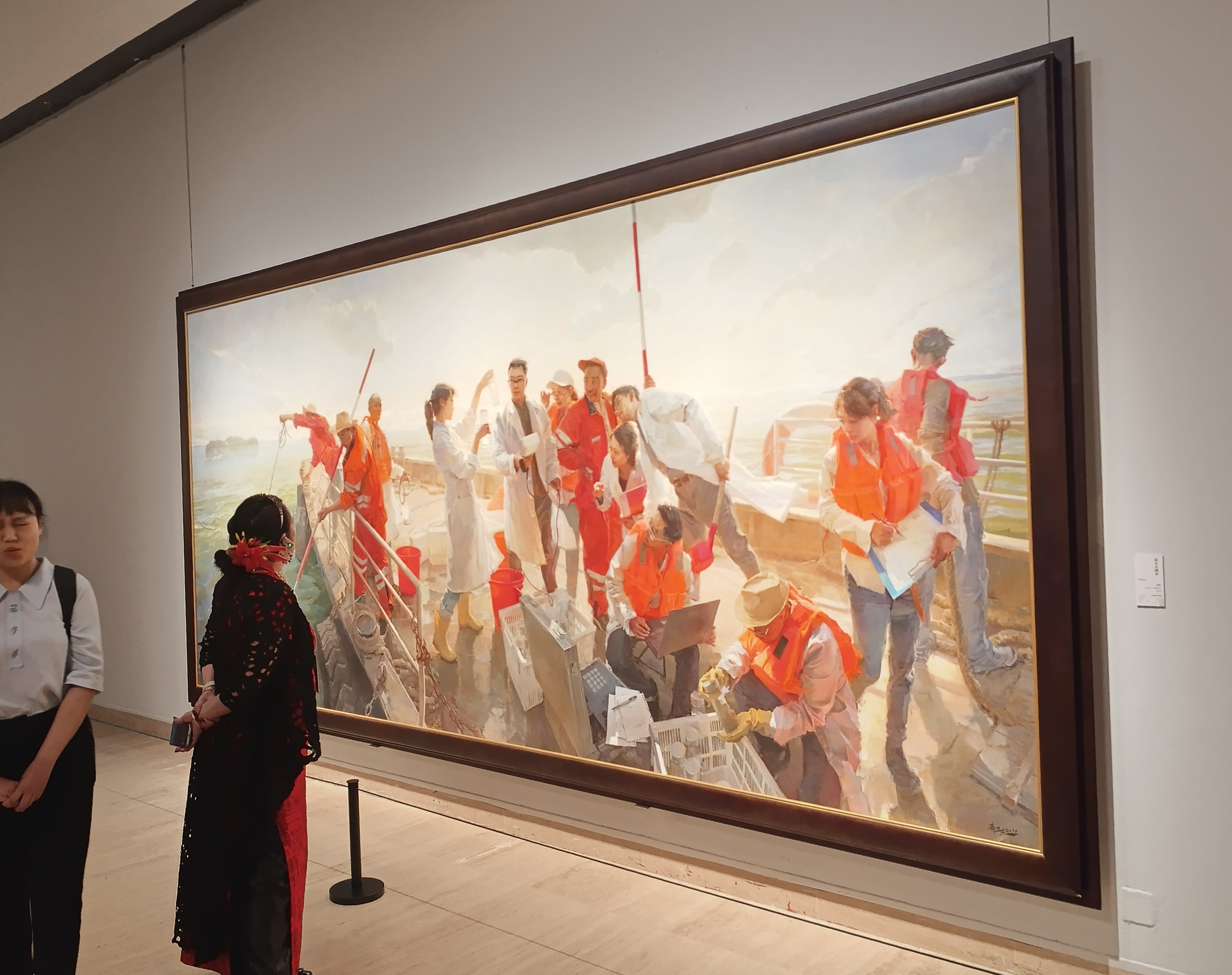
Jumadurdy POTJIMOV,
Enejan KEPBANOVA

